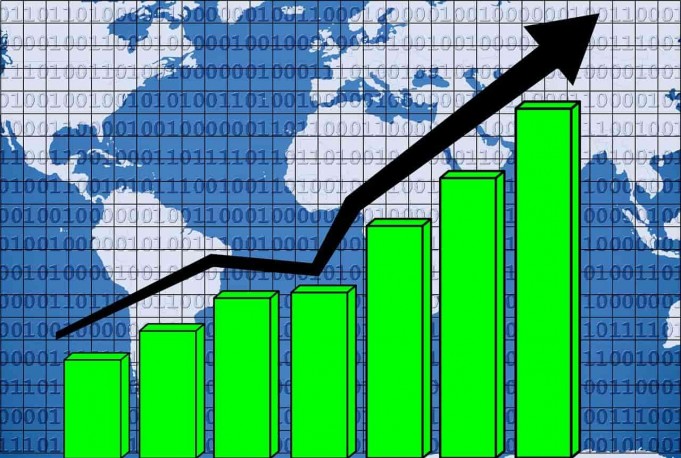Why the Global Economy Recovery Remains Uncertain
As restrictions begin to ease, the path to recovery remains highly uncertain for the global economy to trigger excitement. Strengthening and supporting people and businesses to adapt to the post-COVID world will be crucial. Health care systems and containment measures brought about by several governments are needed to reduce the death toll. Businesses have closed in several sectors; this has caused big economic damage.
With little prospect of a vaccine becoming available this year, global economic recovery remains an unprecedented uncertainty. The OECD has taken the step of presenting two scenarios – one the virus is brought under control. Another in which a second global outbreak hits before the end of 2020 can affect global economic recovery. In case a second outbreak occurs, a return to lockdowns is forecast to plummet unemployment, with little recovery in jobs.
Global Economic Activity
If the second wave of infections is avoided, global economic activity is expected to fall by 6% in 2020. And OECD unemployment to climb to 9.2% and lengthy lockdowns in Europe will be harsh. Euro area GDP is expected to plunge by 11.5% and by over 9% if a second hit is avoided. GDP in the US will take a hit of 8.5%, and Japan 7.3% and 6%. Even emerging economies such as Brazil, Russia, and South Africa, face particular challenges of strained health systems.
Thus, adding to a collapse in commodity prices, and their economies plunging by 9.1%, 10%, and 8.2% respectively. However, in China and India GDPs will be relatively less affected by a decrease of 3.7% and 7.3% respectively. In both scenarios, recovery will take a long time to bring output back. And the crisis will leave lasting scars; fall in living standards, job losses in tourism, hospitality, and entertainment.
How Governments Act Today
The government support to help people in the hard-hit sectors will need to remain substantial. Uncertainty is extreme in the current context, but the implications for macroeconomic policies are not symmetric. However, Policy-makers were right to be too slow to introduce emergency measures, and they should now guard against being too quick. This is truly how governments act today, and this can foster a resilient and sustainable recovery.
Restarting Economic Activity
Presenting extraordinary policies will be needed to walk the tightrope towards recovery and restarting economic activity. Therefore, avoiding a second outbreak requires flexible policymaking, and support currently provided for global economic recovery. Especially, for badly hit sectors that would need to be adapted to help businesses move to new activities.
Sustainable Economy
Higher public debt-financed spending should be well-targeted to support the investment needed for a transition to a sustainable economy. Governments must build a fairer economy, making regulations smarter, modernizing taxes, and spending on social protection. Prosperity comes from dialogue and this holds at the global level for economic recovery.
Speed Up the Global Economic Recovery
The outlook calls for stronger international co-operation to end the pandemic quickly, and speed up the global economic recovery. Therefore, avoid harming the catch-up process of emerging-market economies and developing countries. It argues for encouraging more resilient supply chains, including larger holdings of the stock market locally and internationally. This brings us to the end of our discussion on why the global economy recovery remains uncertain.









